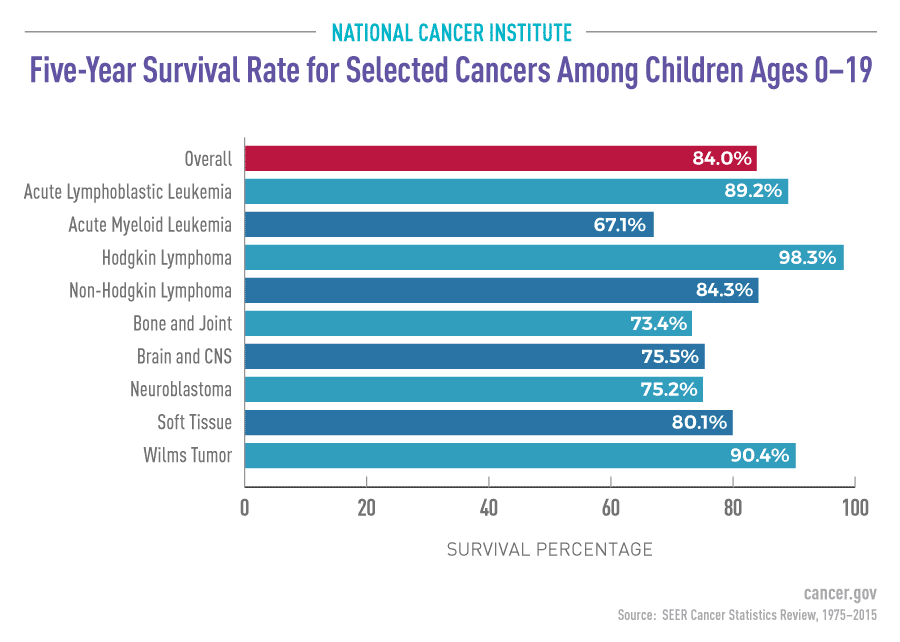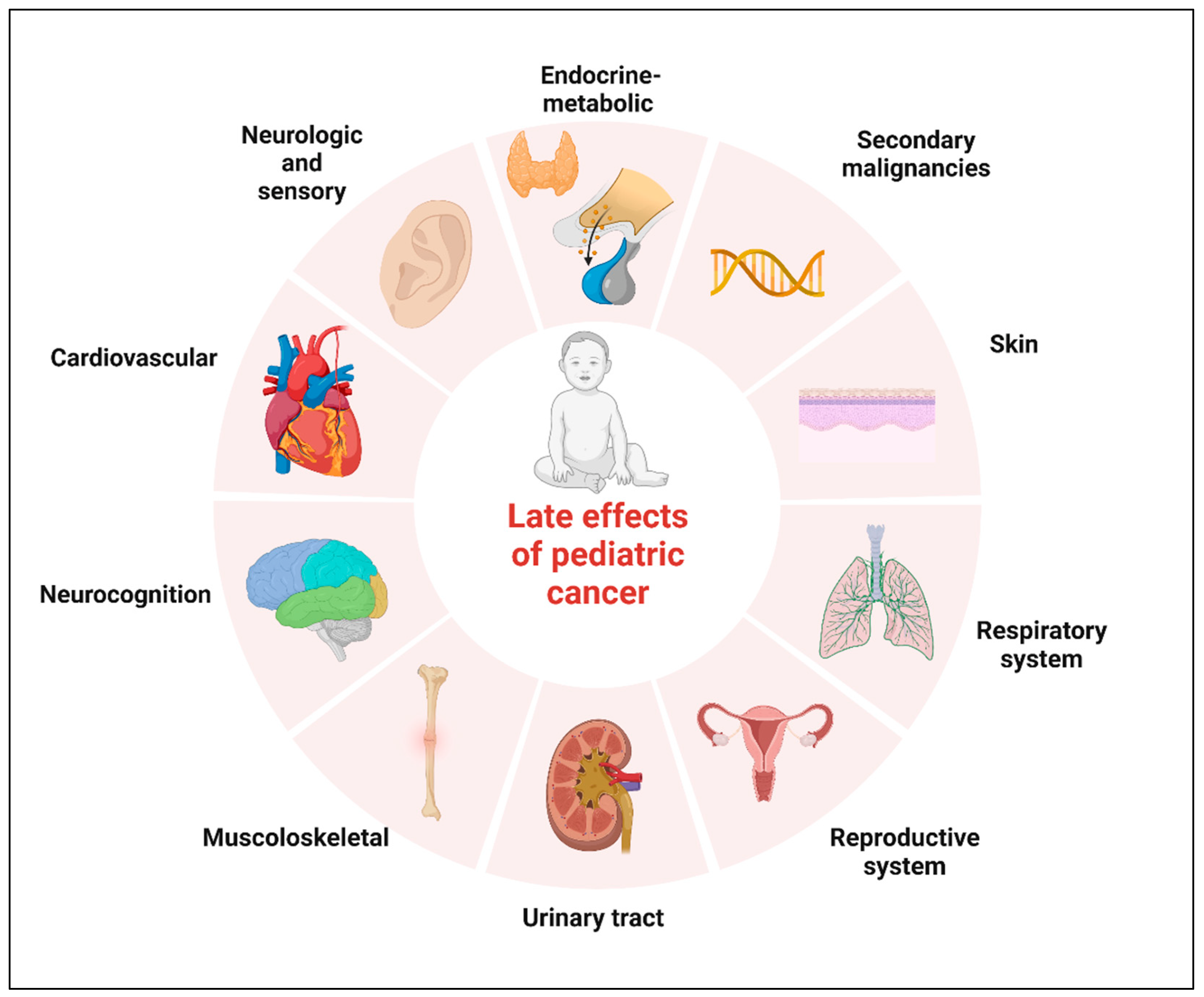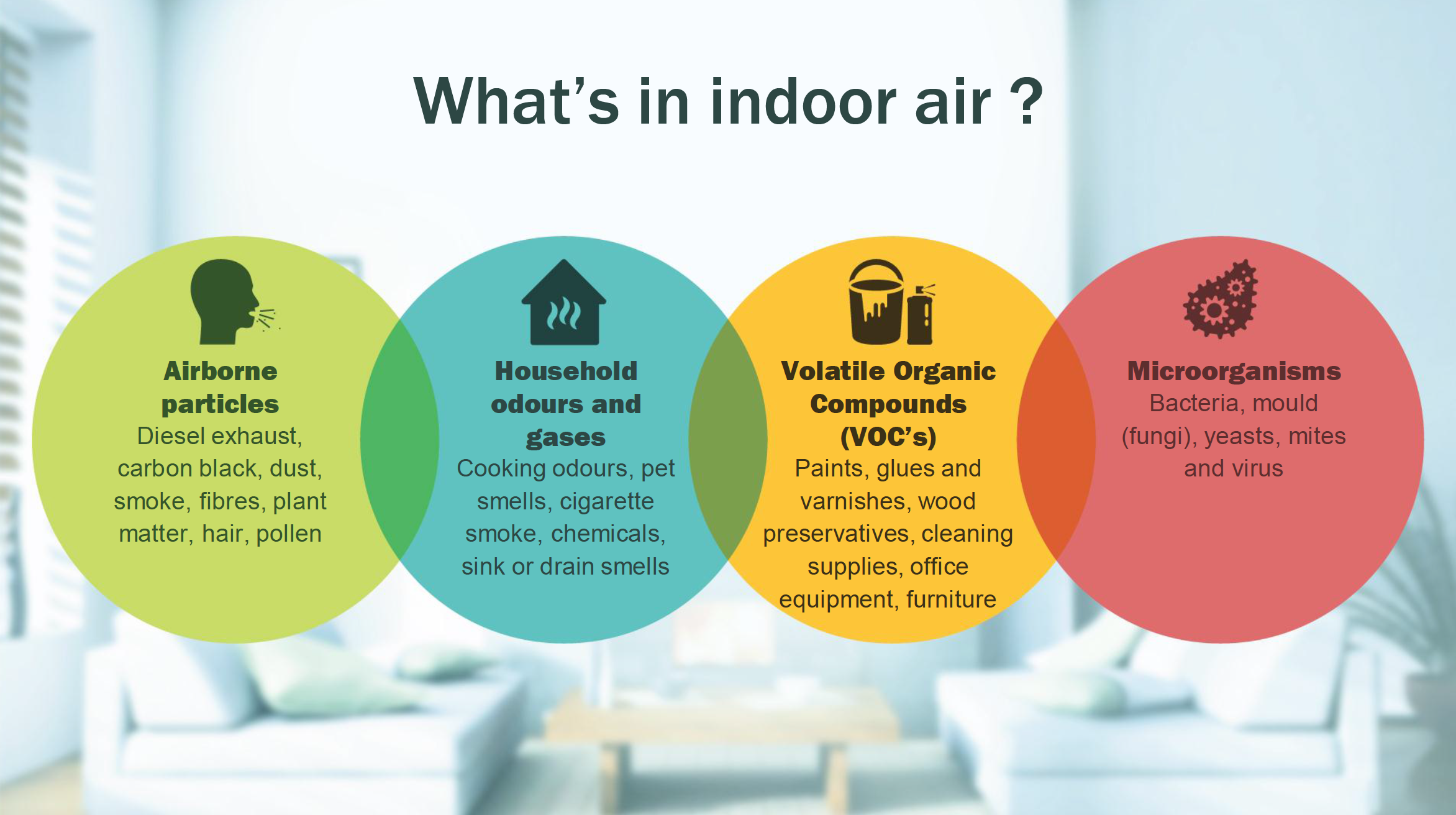Pediatric cancer recurrence is a significant concern for families of children diagnosed with brain tumors, particularly gliomas. Research indicates that many of these tumors, while generally manageable, are prone to returning after treatment, raising the stakes for ongoing monitoring and care. A recent study from Mass General Brigham reveals a groundbreaking AI tool that significantly improves predicting cancer relapse compared to traditional methods. By leveraging advanced techniques such as temporal learning in medicine, this innovative approach analyzes multiple brain scans over time to provide more accurate relapse risk assessments. As parents and medical teams strive to ensure the best outcomes for young patients, understanding the implications of pediatric cancer recurrence becomes increasingly critical.
Exploring the re-emergence of childhood tumors presents essential insights into the realm of pediatric oncology, where managing glioma relapse is crucial. The challenges that families face with cancer relapses require a deeper understanding of the methodologies behind predicting potential recurrences. Emerging technologies, particularly artificial intelligence, offer promising solutions to enhance detection and monitoring capabilities, ultimately improving treatment strategies for patients. As we delve into the complex interplay of pediatric cancer management, the focus on recurrence risk prediction emerges as a vital area of interest. This encompassing view lays the groundwork for more efficient pediatric glioma treatment protocols and addresses the emotional toll on families affected by such health challenges.
Advancements in AI for Pediatric Cancer Diagnosis
The integration of artificial intelligence (AI) within the field of pediatric oncology is revolutionizing how we approach cancer diagnosis and treatment. AI tools are proving instrumental in analyzing complex data sets, offering insights that traditional methods simply cannot. For instance, researchers at Mass General Brigham developed an AI tool that significantly enhances the accuracy of predicting relapse risk in pediatric cancer patients, particularly those with gliomas. By learning from numerous brain scans over time, AI can identify subtle patterns that even the most experienced clinicians might overlook.
This advancement underscores the shift towards more precise medicine, where treatment plans are tailored to the individual characteristics of the patient and the specific nature of their cancer. As pediatric glioma treatment continues to evolve, the use of AI and its ability to streamline the diagnostic process ensures that children receive timely and effective care. With its high accuracy in predicting pediatric cancer recurrence, AI is positioned to centralize risk assessment, ensuring both families and healthcare providers are better informed in their decision-making.
Understanding Predictive Models for Glioma Recurrence
Predicting cancer relapse, especially in pediatric patients diagnosed with gliomas, has long been a complex challenge in oncology. Traditional predictive models typically rely on single-point imaging, which limits the physician’s ability to gauge tumor behavior effectively over time. The recent findings from Mass General Brigham highlight how the new AI tool, employing a technique known as temporal learning, surpasses these antiquated methods by evaluating multiple brain scans sequentially. This innovation not only enhances prediction accuracy but also provides a more comprehensive understanding of tumor dynamics.
The temporal learning model’s ability to analyze changes captured in brain scans over months allows it to recognize critical markers that might indicate a potential relapse. With an impressive prediction accuracy of 75-89 percent, this model represents a significant leap forward in glioma recurrence prediction. Such advancements may foster more proactive treatment strategies for high-risk patients while possibly reducing the need for frequent MRI scans for those classified as low-risk, thus alleviating some of the stress and burden that cancer follow-ups create for families.
The Role of Temporal Learning in Cancer Imaging
Temporal learning offers a groundbreaking approach in the realm of medical imaging, particularly for monitoring pediatric cancer patients. Unlike traditional AI models that analyze isolated images, temporal learning emphasizes the importance of evaluating time-series data, allowing the algorithm to observe trends and subtle changes that evolve as treatment progresses. This methodology equips healthcare providers with a powerful tool for predicting glioma recurrence more reliably, leading to improved patient outcomes and tailored management plans based on individual risk levels.
By training algorithms to recognize the timeline of a patient’s post-surgery MR scans, researchers have enriched the predictive capacity of AI. This innovative approach can transform how we perceive treatment efficacy and disease progression in pediatric oncology, paving the way for personalized treatment protocols. Considering its potential, the application of temporal learning in other areas of medicine is highly anticipated, opening doors to enhanced diagnostics and prognostics across various cancer types.
Implications for Pediatric Cancer Treatment
The implications of these AI advancements for pediatric cancer treatment are profound. With more accurate predictions regarding pediatric cancer recurrence, healthcare providers can refine their treatment protocols to ensure that interventions are not only timely but also appropriate based on the patient’s risk profile. For instance, low-risk patients might benefit from less frequent imaging, alleviating anxiety and reducing exposure to unnecessary procedures, while high-risk patients could receive targeted therapies sooner.
As ongoing studies validate the use of AI in clinical practice, there is potential for a paradigm shift in how clinicians approach pediatric glioma treatment. The incorporation of predictive models in treatment planning could lead to more informed discussions between families and healthcare teams, fostering an environment where personalized care becomes the norm rather than the exception.
The Necessity of Clinical Trials for Validating AI Applications
Despite the promise demonstrated by AI in predicting pediatric cancer recurrence, the need for further research and validation through clinical trials is paramount. It is essential to ensure that these AI-driven models not only perform well in research settings but also translate effectively into real-world clinical applications. Such trials will help ascertain the safety, accuracy, and practical viability of AI tools before they are fully integrated into routine patient care.
The research team at Mass General Brigham has expressed a commitment to conducting clinical trials to assess the impacts of AI-informed risk predictions on patient care. This step is crucial in establishing a comprehensive understanding of how AI implementations can support clinical decisions, enhance treatment efficiency, and ultimately improve long-term outcomes for pediatric patients facing debilitating cancers like gliomas.
Future Directions in AI-Enhanced Oncology
The advent of AI in oncology signifies a new frontier in healthcare, particularly as it pertains to the treatment of pediatric cancers. Future developments are likely to expand beyond glioma recurrence prediction, exploring the utility of AI in other tumor types, treatment responses, and comprehensive patient assessments. Innovations in AI could empower healthcare providers with enhanced tools for detecting anomalies, guiding treatment decisions, and facilitating early interventions.
In the evolving landscape of medicine, temporal learning and other advanced AI techniques hold immense promise in driving evidence-based practices. With visionary goals focusing on personalization and precision in cancer care, future research will be pivotal in harnessing AI’s potential to improve diagnostic accuracy and enhance the overall experience and outcomes for young patients battling cancer.
A Collaborative Approach to Pediatric Cancer Research
Collaboration among healthcare institutions is vital for advancing research in pediatric oncology. The collaboration witnessed between Mass General Brigham, Boston Children’s Hospital, and Dana-Farber/Boston Children’s Cancer and Blood Disorders Center demonstrates how pooling resources and expertise can yield groundbreaking results in understanding pediatric cancer recurrence. By working together, researchers can access diverse datasets, share knowledge, and develop more robust predictive models that benefit patients nationwide.
Such integrated approaches not only accelerate innovation but also foster an environment where learning from one another drives improvements in treatment methodologies. Emphasizing partnerships across academia, clinical settings, and funding bodies like the National Institutes of Health can lead to pioneering research that translates into practical applications, ultimately improving care for pediatric cancer patients.
Enhancing Family Support through Technological Tools
As advancements in AI and predictive modeling continue to influence pediatric cancer care, it’s equally important to recognize their potential impact on family dynamics and support systems. Predictive analytics that successfully identify children at high risk of glioma recurrence can help families prepare more effectively for potential outcomes and treatment options. By providing clear communication and resources tailored to each child’s specific situation, healthcare providers can reduce anxiety and facilitate a supportive environment.
Through educational initiatives and technological tools that disseminate information about predictive models, families can be empowered to engage more actively in their child’s care. Offering clarity around what to expect, potential risks, and available treatments aids families in making informed decisions while navigating the complexities of pediatric oncology.
Building a Future Focused on Patient-Centric Care
As we move forward in the realm of pediatric cancer treatment, the focus must remain on developing patient-centric strategies informed by advanced technologies like AI. By utilizing tools that enhance the prediction of pediatric cancer recurrence, healthcare providers can create individualized treatment regimens that prioritize the unique needs of each patient. This approach not only improves clinical outcomes but also fosters a sense of empowerment for patients and their families.
In essence, the integration of AI into pediatric oncology is a significant step toward a future where treatments are not just reactive but also preventative, targeted, and tailored. As we prioritize research, innovation, and collaborative efforts, it’s crucial that we maintain an unwavering commitment to ensuring optimal care for children facing the challenges of cancer.
Frequently Asked Questions
What is pediatric cancer recurrence, and how does it affect treatment outcomes?
Pediatric cancer recurrence refers to the return of cancer in a child after initial treatment has been completed. It can significantly impact treatment outcomes, as relapsed cancers, particularly pediatric gliomas, may become more challenging to treat due to previous treatments and alterations in tumor behavior. Therefore, early prediction of recurrence risks is crucial for tailoring follow-up care.
How can AI improve the prediction of pediatric cancer recurrence?
AI enhances the prediction of pediatric cancer recurrence by analyzing multiple brain scans over time, utilizing a technique known as temporal learning. This method allows AI models to learn from changes in the scans, improving accuracy significantly compared to traditional single-scan predictions. The use of AI has shown to achieve 75-89% accuracy in predicting glioma recurrence, aiding in enhanced patient management.
What role does temporal learning in medicine play in predicting pediatric cancer relapse?
Temporal learning in medicine plays a pivotal role in predicting pediatric cancer relapse by utilizing data from successive brain scans. This technique enables AI to identify subtle changes over time that may indicate potential recurrence of pediatric gliomas, thus allowing for earlier interventions and tailored treatment strategies.
What advancements have been made in predicting glioma recurrence using AI?
Recent advancements in predicting glioma recurrence utilizing AI include the development of a temporal learning model that analyzes multiple MRIs taken over time. This innovative approach leads to significantly improved prediction accuracy and offers a proactive way to monitor at-risk pediatric patients, potentially transforming management strategies for glioma treatments.
Why is it important to detect pediatric glioma recurrence early?
Early detection of pediatric glioma recurrence is vital as it allows for timely interventions, which can lead to better treatment outcomes and quality of life for the child. With AI tools providing enhanced prediction capabilities, healthcare providers can reduce unnecessary imaging for low-risk patients and implement more aggressive treatments for high-risk cases, minimizing the potential impact of relapse.
What is the significance of the study published in The New England Journal of Medicine regarding pediatric cancer recurrence?
The significance of the study published in The New England Journal of Medicine lies in its demonstration of how AI and temporal learning can transform the understanding and prediction of pediatric cancer recurrence. By analyzing nearly 4,000 MR scans from pediatric patients, the study underscores the potential for improved care strategies through precise risk prediction of glioma recurrence.
How does the collaboration among major health institutions impact research on pediatric cancer recurrence?
Collaboration among major health institutions, like Boston Children’s Hospital and Dana-Farber, significantly enhances research on pediatric cancer recurrence by pooling resources, expertise, and diverse patient data. This synergy allows for rigorous studies and the development of innovative predictive models, ultimately advancing understanding and improving treatment options for pediatric glioma patients.
What future steps are required to validate AI-driven predictions for pediatric cancer recurrence?
Future steps required to validate AI-driven predictions for pediatric cancer recurrence include conducting clinical trials that assess the efficacy of AI-informed strategies in diverse healthcare settings. This validation process will ensure that AI tools can be reliably integrated into clinical practice to optimize patient care and treatment protocols.
| Key Point | Detail |
|---|---|
| AI Tool Performance | An AI tool outperforms traditional methods in predicting pediatric cancer recurrence by analyzing multiple brain scans. |
| Study Background | Conducted by researchers from Mass General Brigham and other institutions, using nearly 4,000 MRI scans from 715 pediatric patients. |
| Temporal Learning Technique | Utilizes temporal learning to synthesize findings from brain scans taken over time, improving accuracy in predicting recurrence. |
| Prediction Accuracy | Achieved 75-89% accuracy in predicting recurrence, significantly better than the 50% accuracy of single image predictions. |
| Future Applications | Aims to initiate clinical trials to use AI predictions in patient care, reducing unnecessary imaging for low-risk patients. |
Summary
Pediatric cancer recurrence is a critical concern in the treatment and management of childhood cancers such as gliomas. New advances utilizing artificial intelligence tools have demonstrated improved capability in predicting relapse risks compared to traditional imaging methods. By analyzing patterns across multiple scans over time, these technologies can help identify which patients are at the highest risk of recurrence. This innovation is expected to enhance patient care by potentially reducing the frequency of scans for low-risk children and providing earlier interventions for those at higher risk.



